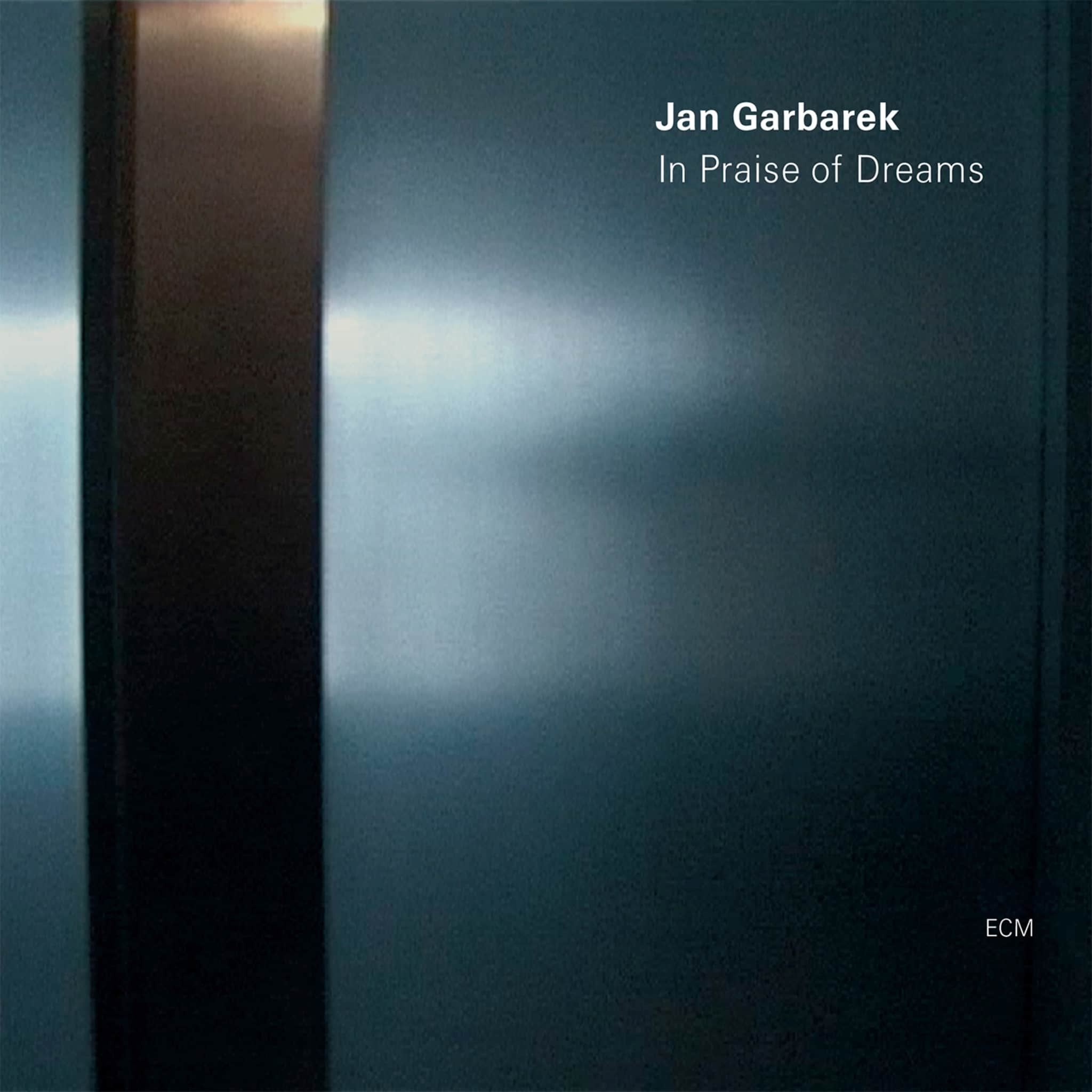Album insights
Innovation and Tradition in Piano Composition
In my collection of 12 studies in all minor keys, I aimed to continue the age-old tradition of composing pianists. There has been a resurgence and growing acceptance of this pursuit in recent decades, yet only a few of us feel the urge to engage in it.
Despite these studies being composed over nearly 25 years without a specific order, the cycle has been shaped into a fairly satisfying whole. Dividing them into two halves based on the creation time, one might search for stylistic differences, but it would be a futile exercise. Most of these studies have been accessible for years, with alterations made to enhance playability and compositional depth. They stand as a balanced mix of original pieces and adaptations.
While many may view these studies as virtuosic challenges, they hold much more depth for me as character pieces. I hope the audience can perceive beyond mere technical displays.
Two studies on this CD, Nos. 9 and 10, were not re-recorded, as they remained unchanged and were sourced from a previous Hyperion CD, "The Composer-Pianists."
Between 1894 and 1914, Leopold Godowsky published an exceptional collection of 54 studies based on Chopin's etudes. There were indications of plans for additional studies, hinting at a robust creative endeavor cut short, most likely lost during WWII.
"Triple Étude (after Chopin)" originated on suggestion from a friend, leading to a delightful composition blending three varied etudes into a harmonious piece.
The piece "Coma Berenices" draws inspiration from Queen Berenice II of Egypt rather than astronomy, capturing the essence of her beauty through the lush piano arrangement.
Each study in the collection carries a unique tale, like "Nr. 3 after Paganini-Liszt," showcasing innovation and pianistic advancements.
The study "Nr. 4 Étude à mouvement perpétuellement semblable (after Alkan)" blends two works by Alkan, resulting in a fresh musical hybrid.
Even though "Toccata grottesca" dances on the border of inspiration, it stands as a unique creation, cleverly disguising its origins.
Scarlett's sonatas inspired a light-hearted interpretation in "Nr. 6 Esercizio per pianoforte ‘Omaggio a Domenico Scarlatti’," a playful tribute rather than parody.
"Nr. 7 after Tchaikovsky" explores the left hand's prowess, combining musicality with the challenge of a single-handed composition.
The studies progress diversely, from comedic renditions to intricate manipulations, exemplified by the intricate "Nr. 9 after Rossini."
The series concludes with "Prelude and Fugue," a significant contribution that echoes older compositions with a new vision, demonstrating growth and creativity over time.
Marc-André Hamelin's diverse collection showcases his creative evolution, from intimate expressions to complex variations, each piece a testament to his musical journey.


